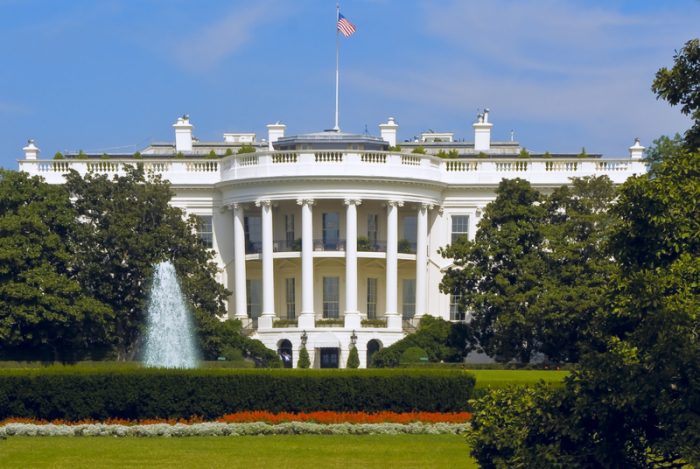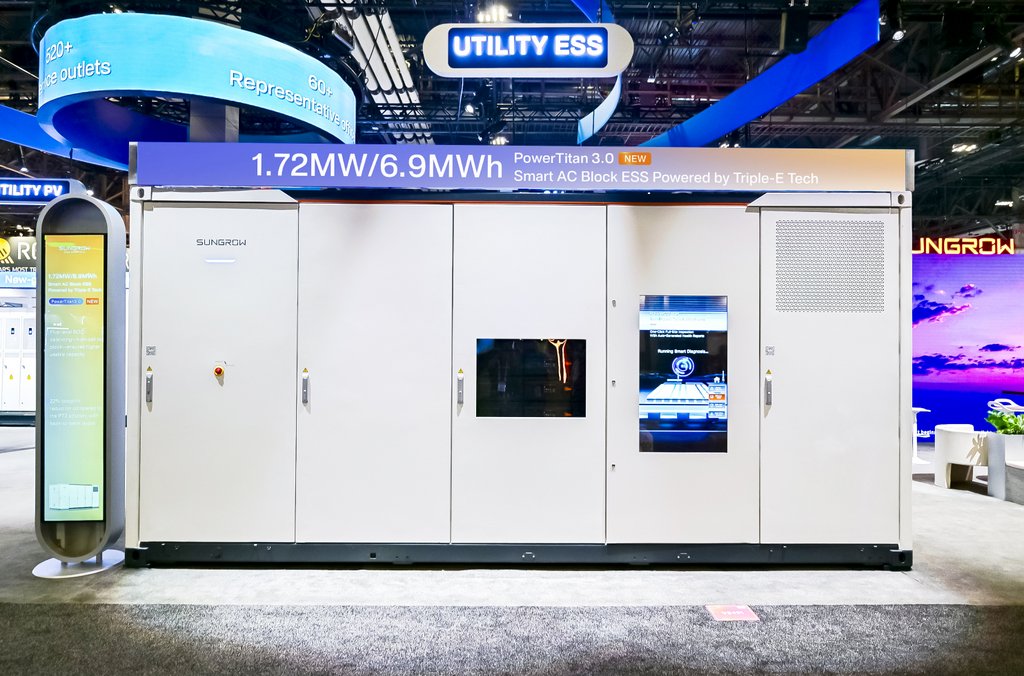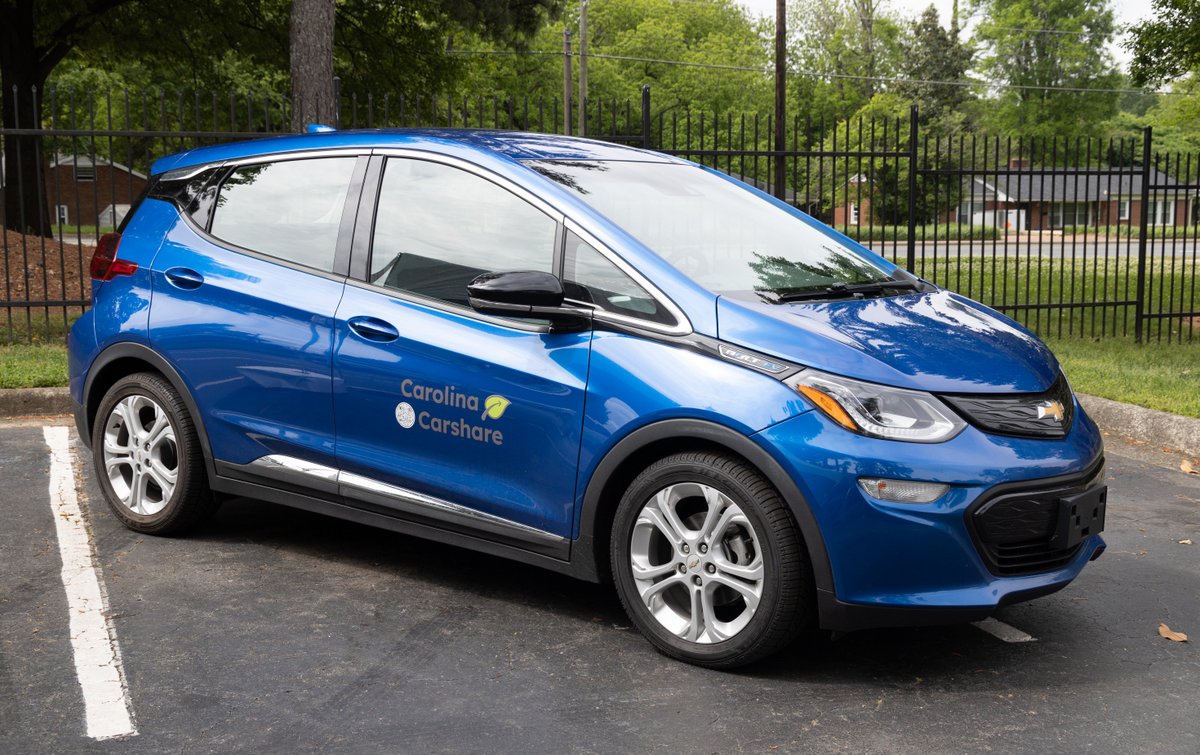Federal actions could cut 55 GW of solar by 2030
SEIA and Wood Mackenzie: U.S. solar installs 18 GW in first half of 2025, but warn of potential for sharp declines ahead

RE+ 2025 kicks off with the appropriate mix of good and bad news for the solar industry. The good: The U.S. solar industry delivered nearly 18 gigawatts (GW) of new capacity in the first six months of 2025, even as the Trump administration rolled out policies aimed at slowing clean energy. Solar and storage still accounted for 82% of all new power added to the grid in that period, according to the U.S. Solar Market Insight Q3 2025 report from the Solar Energy Industries Association (SEIA) and Wood Mackenzie.
The bad: The report also warns that the One Big Beautiful Bill Act (HR1) and recent federal actions could cut deployment forecasts by 44 GW by 2030—an 18% drop compared to the pre-HR1 outlook. Layer in the policies already in place, and the U.S. risks losing 55 GW of solar by 2030, or a 21% decline.
Growth in Trump states, despite federal headwinds
SEIA notes that 77% of new solar capacity this year has been installed in states won by President Trump, including eight of the top 10 markets: Texas, Indiana, Arizona, Florida, Ohio, Missouri, Kentucky, and Arkansas.
“Solar and storage are the backbone of America’s energy future,” said SEIA president and CEO Abigail Ross Hopper. “Instead of unleashing this American economic engine, the Trump administration is deliberately stifling investment … But no matter what policies this administration releases, the solar and storage industry will continue to grow, because the market is demanding what we’re delivering.”
Manufacturing boom stalls
The U.S. added 13 GW of new module manufacturing capacity in the first half of 2025, with new or expanded factories in Texas, Indiana, and Minnesota. That brings total domestic module capacity to 55 GW. However, the report flagged that no new upstream manufacturing investments were announced in Q2, citing federal actions that threaten to stall momentum and risk billions in private capital.
Permitting orders create additional risk
The Department of the Interior (DOI) has issued new permitting rules that single out solar for more obstructive treatment, a move Wood Mackenzie analysts say could put 44 GW of planned capacity at risk—particularly in Arizona, California, and Nevada.
“There is considerable downside risk for the solar industry if the federal permitting environment creates more constraints for solar projects,” said Michelle Davis, head of solar research at Wood Mackenzie. “Further uncertainty from federal policy actions is making the business environment … incredibly challenging.”
Looking ahead
SEIA says near-term growth is still supported by projects already underway, a rush to capture expiring tax credits, and strong power demand as gas generation grows more expensive. But longer term, the report warns that without course corrections, solar deployment will be significantly lower, threatening jobs, reliability, and competitiveness.
SEIA has urged the DOI and other agencies to reverse course. Last week the group also released a grid reliability agenda calling for local, state, and federal leaders to strengthen planning and policy to meet rising demand with solar and storage.





Comments are closed here.